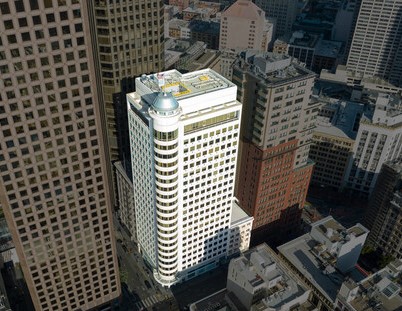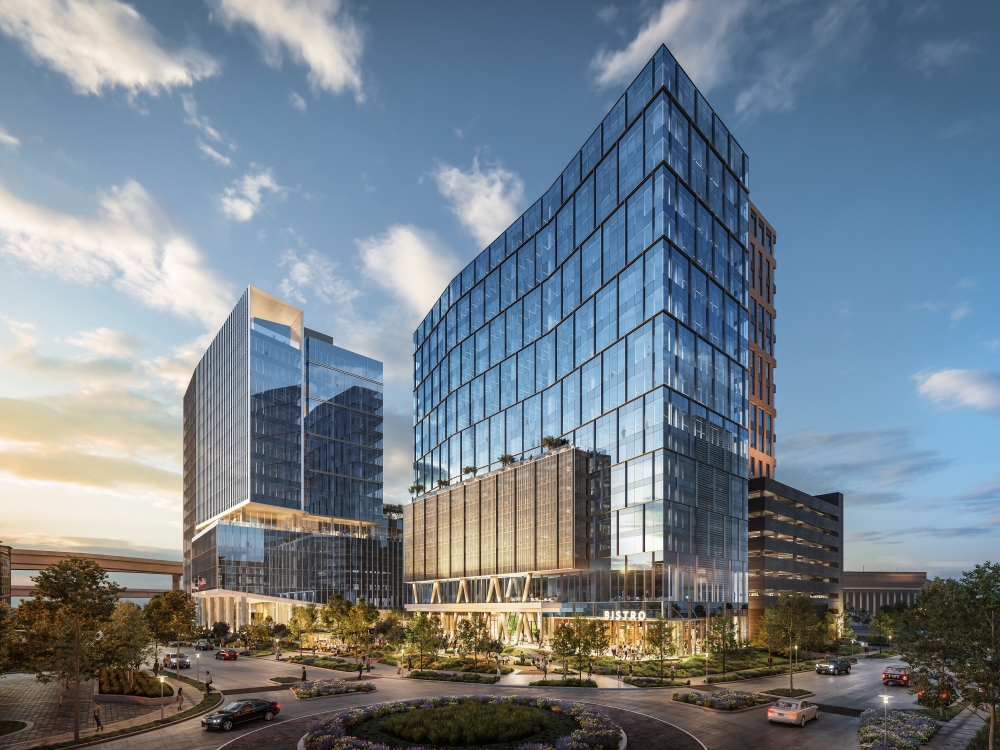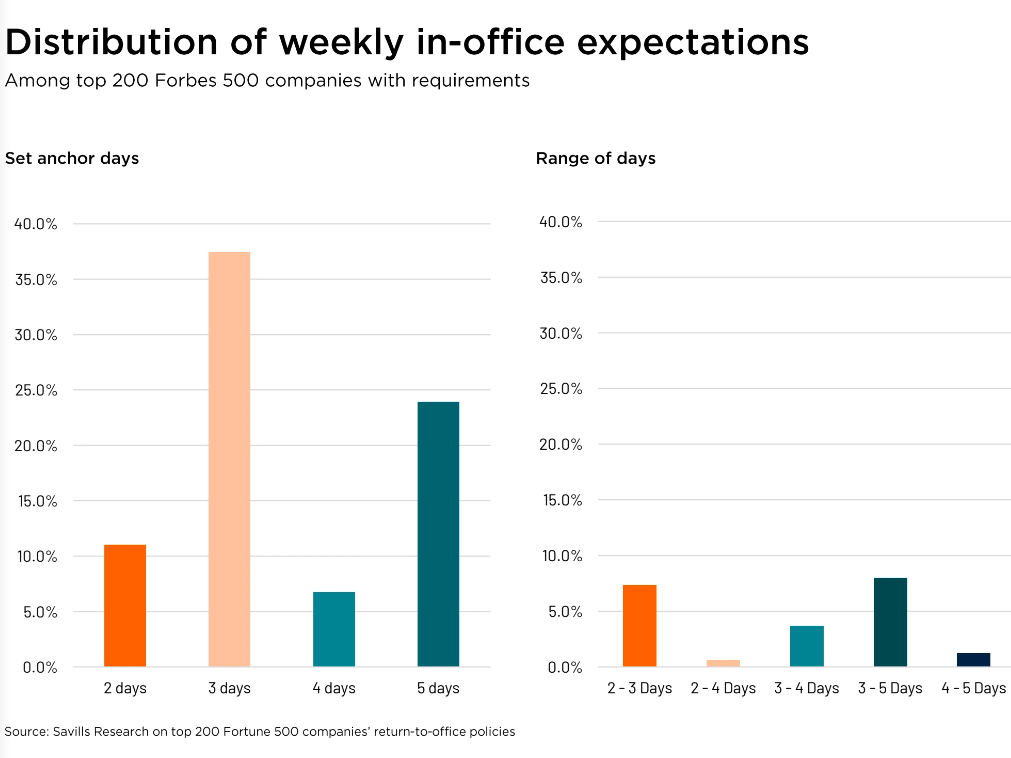Reimagining the Role of Offices
A veteran consultant sheds light on how ground-up construction and renovation are being affected, and what owners should expect.
The ongoing pandemic has dramatically altered the commercial real estate industry. Some branches of commercial real estate are faring worse than others. Stay-at-home orders have decimated the hospitality industry. The ability to shop online has challenged brick-and-mortar retail environments. Remote work has forced commercial property owners to rethink office spaces.
In the first quarter of 2020, office vacancy rates across the U.S. rose by 10 points to 11.5 percent, according to Colliers International. Although most businesses plan to return to their office spaces someday, predictions indicate that this won’t take place until at least spring 2021. For other companies, the pandemic was the push that they needed to move to a permanent remote workforce. As we wait to see when—and if—employees will return to offices, the commercial construction market is suffering. After a record year in 2019, the amount of U.S. office space under construction fell by 5.4 million square feet to 155.7 million square feet in the first quarter of 2020, according to Colliers International. For contractors, these unknowns are forcing them to reevaluate future construction projects, as well as timelines on ongoing projects.
Current challenges
As the pandemic enters its ninth month in North America, the impact on the construction industry is only just emerging. Each state has been responsible for its own pandemic guidelines, which means that the construction site closures have depended on the location and importance of the project. Across the U.S., life sciences and infrastructure projects have remained a priority. Commercial property, on the other hand, was not designated as essential. As a result, they were put on hold during the peak of the pandemic.
These closures, along with new health and safety requirements, have dramatically slowed project timelines. Additional cleaning has been required on-site and there have been capacity restrictions implemented to facilitate physical distancing. Contractors have either been forced to extend schedules to account for these requirements or cover overtime costs to ensure that projects are completed on time. This means that overall project costs are increasing, and in most cases, projects are being delayed. Although it’s hard to predict how these new considerations will impact timelines, contractors should be aware of these issues when scheduling projects. It’s also important to look for alternatives, such as considering modular builds or allowing for weekend and evening work.
Projects that were scheduled to be completed in 2020 had likely already procured equipment and materials in advance. This helped to mitigate any potential delays from supply chain disruptions. Unfortunately, it’s hard to know the long-term impacts on supply chains and what issues this may lead to in the commercial construction industry. In many cases, supplies can be sourced within the U.S. to avoid potential delays. For large scale projects, supply-chain disruptions could increase costs and impact timelines. Scheduling teams will need to accommodate this.
Considerations for contractors
As more companies turn to permanent remote work, commercial property owners may be reluctant to upgrade spaces or to continue with planned projects. In the Bay Area, where technology companies thrive, projects that were fully designed and estimated are being put on hold indefinitely as owners wait to see the outcome of the pandemic. With so many unknowns, clients will likely be slower to make decisions on large overhauls of office spaces. Moving forward, contractors should expect that, large-scale projects may be put on hold until employees begin to move back into offices.
Traditionally, office spaces would require an upgrade every five years to keep up with trends and to modernize the space to appeal to potential clients. As businesses become more cautious of costs, the demand for full renovations is likely to decline. Contractors need to consider how to implement minor upgrades efficiently instead of performing full renovations. It will also be likely that cosmetic changes will not be as important. Instead, clients will likely favor upgrades that benefit the health and safety of employees.
Office considerations
With the pandemic proving that most businesses no longer need an office to be productive, many people are wondering what the future is for office spaces. Many are suspecting that remote work will continue, at least part time. This means that returning to the office will be optional for employees. Instead, these spaces can be used as collaborative areas and social hubs. Video conference calls take away much of the spontaneity that helps with innovation. Offices may become spaces for brainstorming and meetings, instead of places where employees complete their daily work.
Also, it is likely that outdoor space will become a premium, especially in warmer climates. With the risk of virus transmission more likely to occur in indoor settings, outdoor spaces have proven to be safer. In offices, the demand for outdoor spaces, such as gardens and patios, will increase in order to facilitate safe collaboration and socializing for employees. This means that clients will likely be willing to pay a premium on spaces that have existing, usable outdoor space.
In the short term, bubbles or pods of employees are also likely to become the norm for large corporations. In order to allow for social distancing, there is a high chance that office managers will limit who is allowed in the office at the same time. This is especially true for skyscrapers, as elevators do not allow for physical distancing. Pods are also helpful for contact tracing, as they track who has been in contact in case of an outbreak among employees. Pods have been instrumental in reopening schools; the same concept will prove to be extremely useful as employees return to the office.
After the pandemic
Commercial property owners have three options when considering future renovations: they can prepare for the pandemic now, with full upgrades to designs and air filtration systems, take on small renovations to improve the space in the short term or stop all projects until the pandemic is fully controlled. And with the pandemic expected to impact the industry for many years to come, it is likely that most large-scale projects will remain indefinitely on hold.
Unfortunately, this will cause major problems to the construction industry in the short term. Contractors will need to reevaluate upcoming projects and budgets to reduce their costs and encourage property owners to take on small projects in the interim. Yet among all of these unknowns, one thing remains certain: the pandemic has forever altered the commercial property industry. Owners, designers and contractors will need to be innovative when considering the needs of future office spaces.
Lisa McIntyre is a Commercial Manager at Linesight, a global construction consultancy firm. An experienced cost manager, she has worked in both general contracting and professional practice, and on a wide variety of projects in sectors such as corporate interiors, retail and residential.








You must be logged in to post a comment.